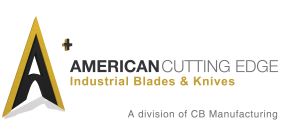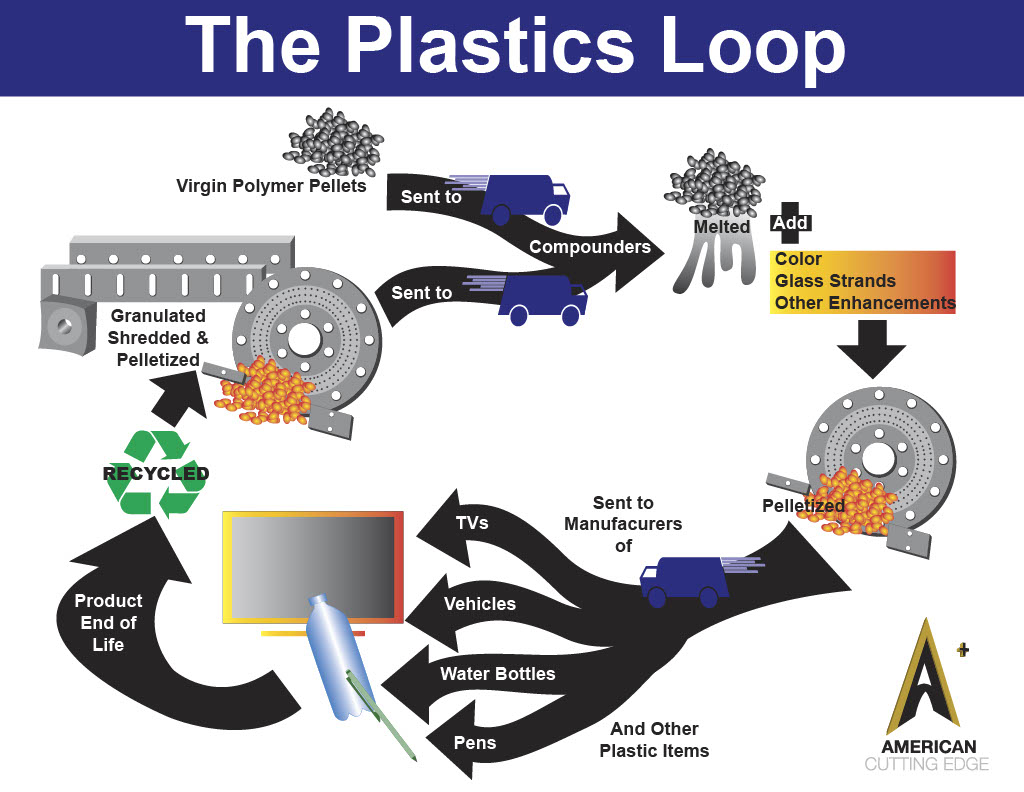In today’s advanced manufacturing world, plastics are used to produce everything from lawn furniture and automobile dashboards to medical tubing, computers, and children’s toys such as Legos. Plastic molding (sometimes spelled moulding) is the process of pouring liquid plastic into a hollow form so that it hardens into that shape when it cools.
There are a variety of different plastic molding processes. The type of molding process put into use depends on the product being manufactured. Regardless of which type of plastic molding process is in use, there are cutting requirements at various points whether it’s the pelletizing of virgin material to make plastic pellets, trimming the excess plastic from a finished part, or plastic recycling knives at the end of the line to granulate excess material so it can be used at the beginning of the process.
The following are considered some of the most effective forms of plastic molding manufacturing.
Injection Molding
One of the most versatile plastic molding options, injection molding can make a variety of parts in many different sizes and shapes by injecting melted plastic pellets into a steel mold. Once injected, molten plastic fills the cavities and the rest of the mold resulting in a solid part.
different sizes and shapes by injecting melted plastic pellets into a steel mold. Once injected, molten plastic fills the cavities and the rest of the mold resulting in a solid part.
As the plastic cools, it shrinks and can become difficult to remove from the mold. Injector pins push the finished part off of the mold. When the part drops from the mold, an operator must remove the leftover plastic from the part. This leftover plastic, known as the “spruce” or “runners” can be twisted or cut off. The plastic waste is fed back into the beginning of the process and melted down to be used at the beginning of the closed-loop process.
Blow Molding
When a plastic part must have a uniform wall thickness, production via blow molding can be the ideal process. Blow molding takes on the same basic principles as glass blowing and is often used for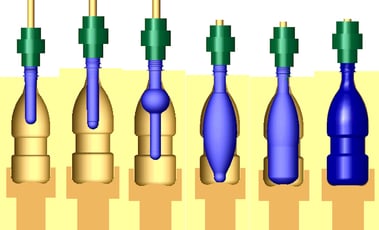 containers such as milk jugs or plastic bottles. After a blow molding machine heats raw plastic pellets to a liquid state, air is injected into the plastic like a balloon, allowing the part to take the shape of the mold. Once the plastic completely cools, the part is ejected.
containers such as milk jugs or plastic bottles. After a blow molding machine heats raw plastic pellets to a liquid state, air is injected into the plastic like a balloon, allowing the part to take the shape of the mold. Once the plastic completely cools, the part is ejected.
The part moves to the deflasher, where the tail of excess plastic is trimmed. Discarded tails are conveyed to the beginning of the process to be put through a granulating process for reuse. As the new containers leave the machines, a trimmer removes the remaining excess plastic, which is collected and added to the closed-loop production system along with the tail and any other scrap.
Extrusion Molding
Unlike injection and blow molding, extrusion molding forces melted plastic granules through the mold.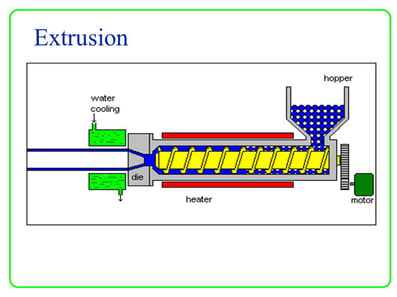 This manufacturing process is used to make hoses, straws, tubes, pipes, and other long, hollow products. After production is complete, the finished product may be cut down to the desired size.
This manufacturing process is used to make hoses, straws, tubes, pipes, and other long, hollow products. After production is complete, the finished product may be cut down to the desired size.
Closed Loop Manufacturers Save with a Single Source
Closed-Loop Manufacturing requires industrial dies, knives, and blades at every single stage from the creation of virgin material, compounding of pellets, and converting of pellets into a sheet and/or film or other plastic products to the granulating, shredding, and pelletizing at the end of a product’s life. (Or scrap from the manufacturing process). American Cutting Edge engineers a cutting solution for every stage of the Plastics Loop.
Whether it’s underwater pelletizers with ACE brand knives to create the plastic pellets that are melted during the plastic molding process, trim knives, or size reduction through granulating and shredding, American Cutting Edge provides cutting solutions engineered to improve productivity and reduce operational downtime.
Vendor Consolidation – Five Benefits
Working with a vendor that can help your operation at every stage of the Closed-Loop Manufacturing.jpg?width=362&name=collage(4).jpg) process has many benefits.
process has many benefits.
Reduced Purchasing Costs – As the supplier base reduces, purchasing power increases due to the ability to allocate more resources to fewer suppliers.
Reduced Process Costs – As purchasing deals with fewer vendors, transactional costs decline. This can be significant savings when one considers the cost of setting up and maintaining suppliers in internal systems.
Reduced Risk – Reliance on fewer suppliers significantly reduces risk. The shift moves to focus on securing all applicable risks throughout the supply chain.
Improved Supplier Relationships – Fewer suppliers provides an opportunity to build better relationships with core suppliers. Not only do customers benefit from cost improvements but also on building more.jpg?width=349&name=456-457-C250025HS(1).jpg) solid partnerships. Vendor consolidation produces a natural focus on quality, efficiency, and performance.
solid partnerships. Vendor consolidation produces a natural focus on quality, efficiency, and performance.
Better Overall Solutions – Businesses that work with fewer suppliers can work with vendors who are able to look at their business in totality rather than those that offer spot solutions, which might be less comprehensive in nature. There are major benefits when a vendor becomes a partner like ACE that can take a deep dive into providing options for operational efficiency.
ACE Can Help
ACE understands every stage of plastic manufacturing processes and the Plastics Loop. That gives us a unique insight and knowledge that few suppliers can offer. We know exactly which blades respond to plastic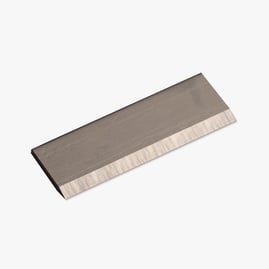 materials of all types and how the changes that occur to this material throughout the Plastics Loop drive changes to blade materials.
materials of all types and how the changes that occur to this material throughout the Plastics Loop drive changes to blade materials.
Experience has taught us that raw materials make a tremendous difference in knife performance. For example, when granulating applications require D2 Tool Steel we use true 1.2379. This distinction prevents our customers from unknowingly deploying potentially brittle knives. Brittle knives increase the likelihood of chips and breakage which contribute to increased downtime, costs, and maintenance, all of which detract from cost-effective and efficient recycling efforts.
You invest a lot into your capital equipment. Don’t let poor-quality cuts stand between you and profitability. Put the plastic manufacturing experts at ACE to work for you today to take advantage of our experience and the cost savings we can help you achieve. Contact us today!
